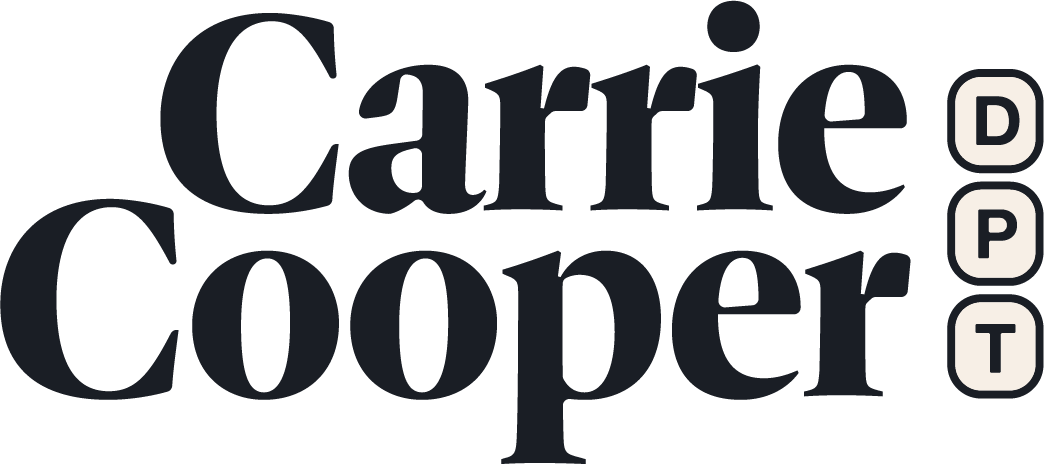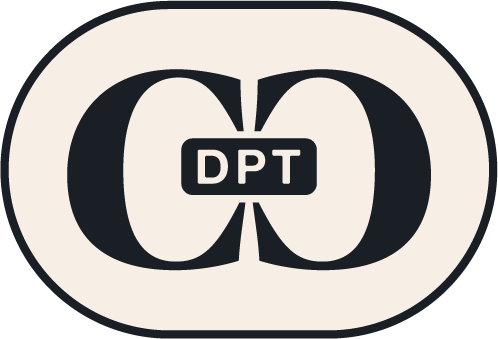A4 Pulley Injury Rehab Program
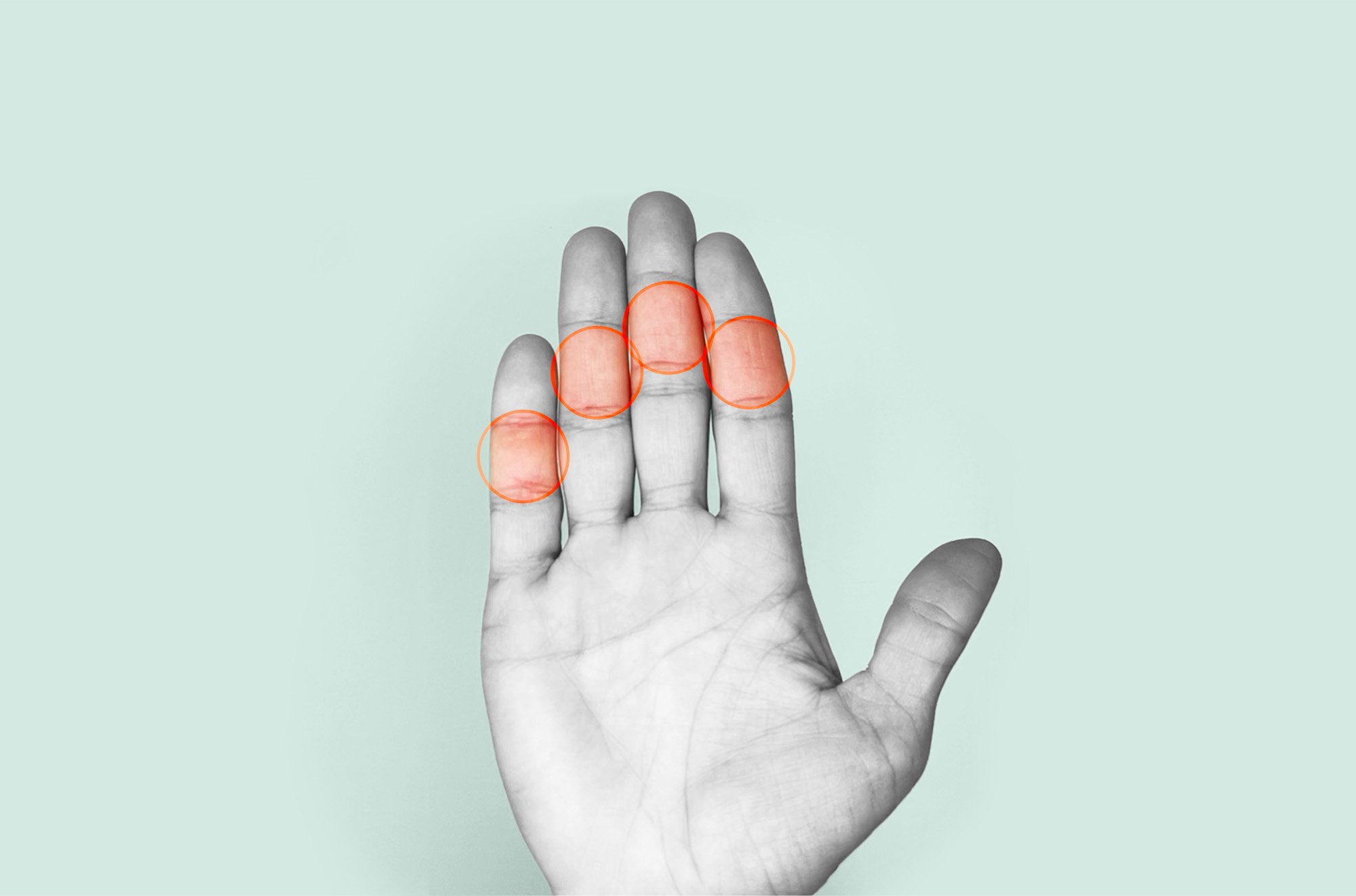

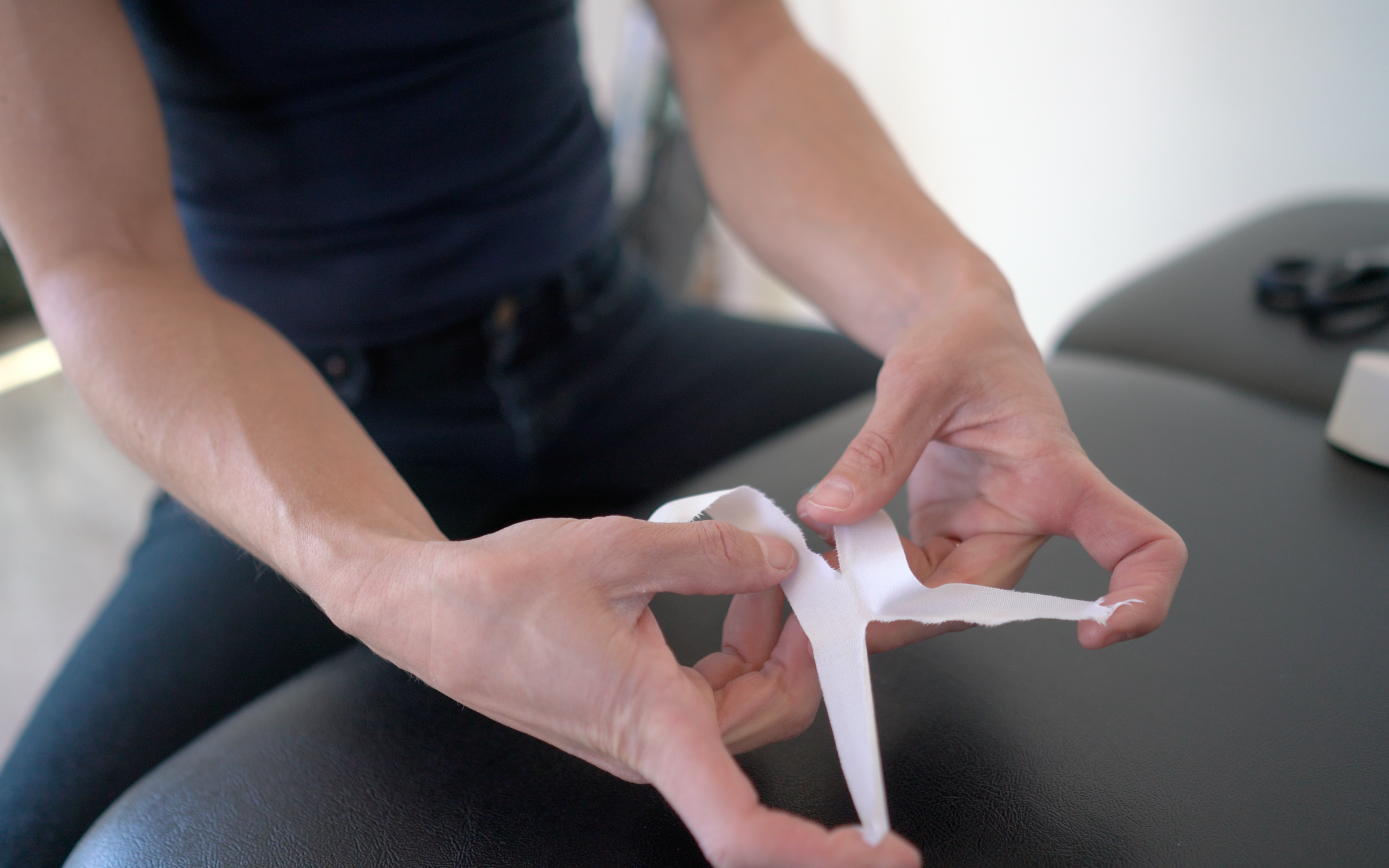
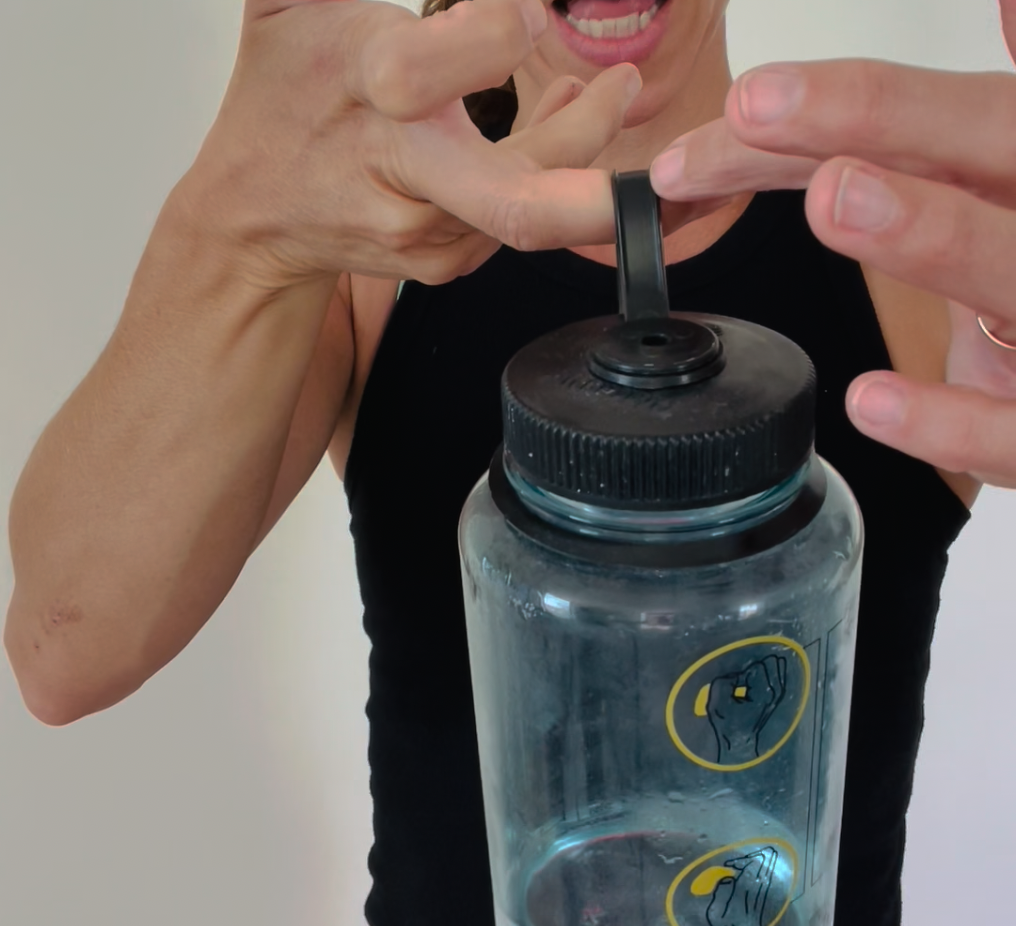
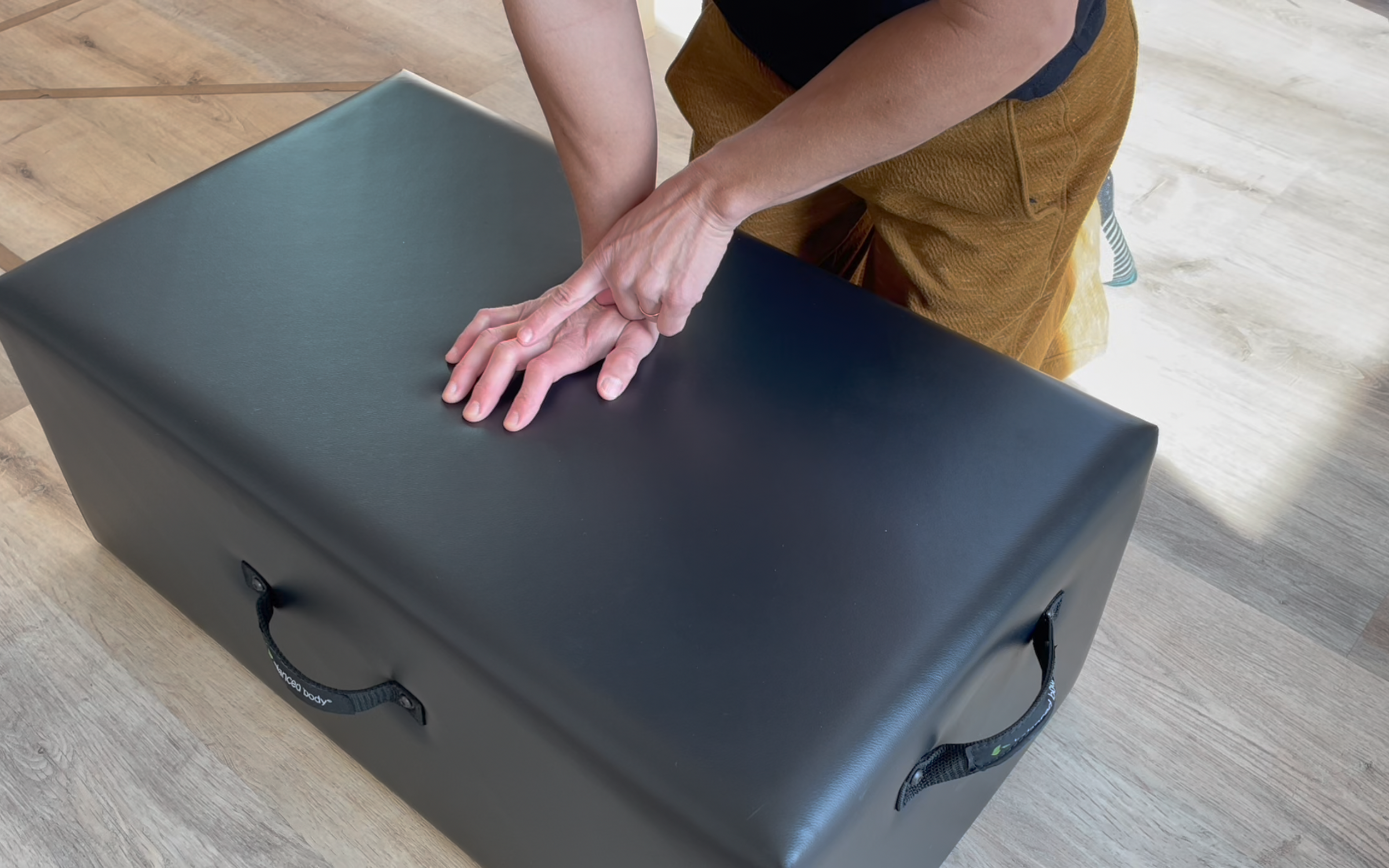
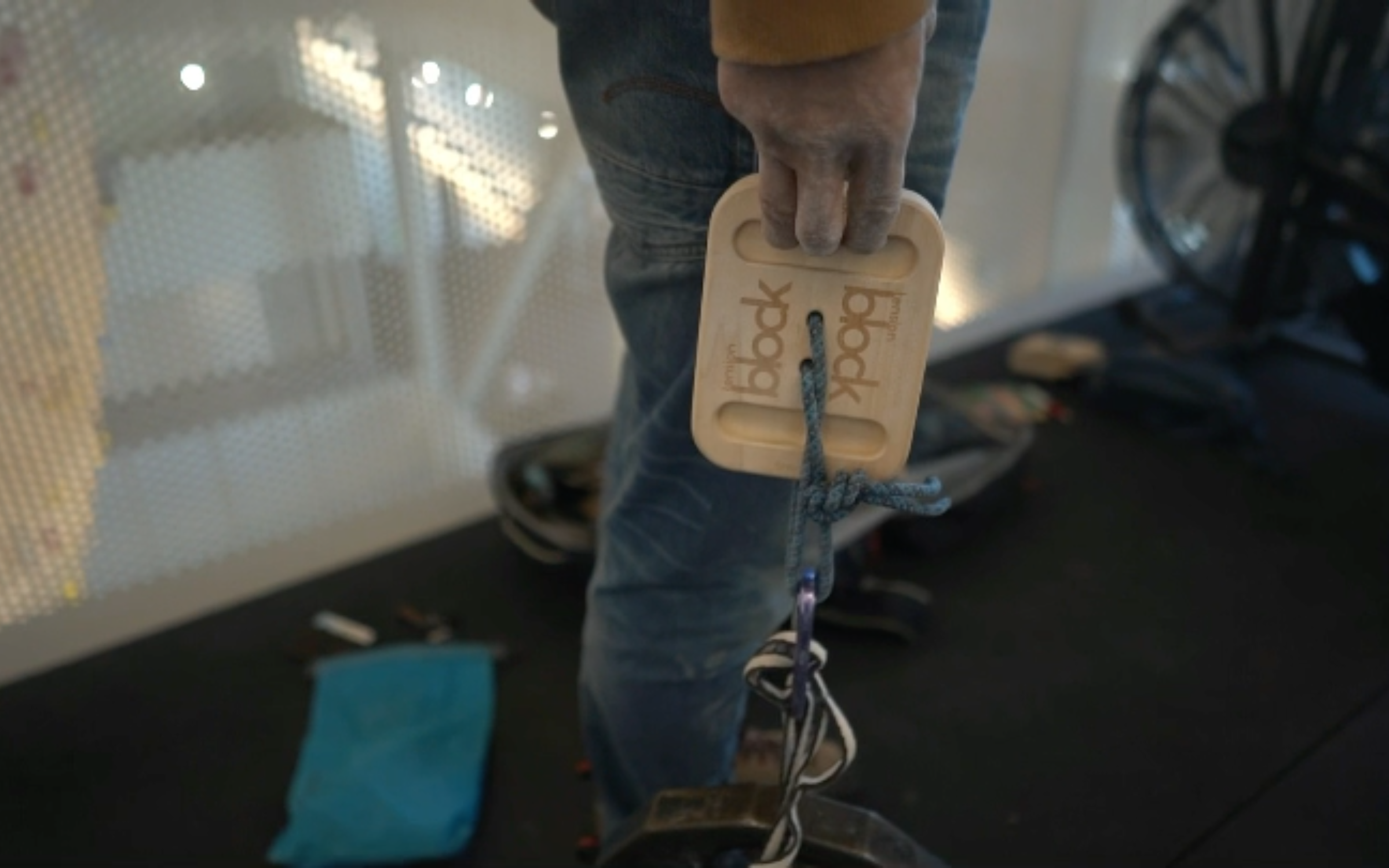
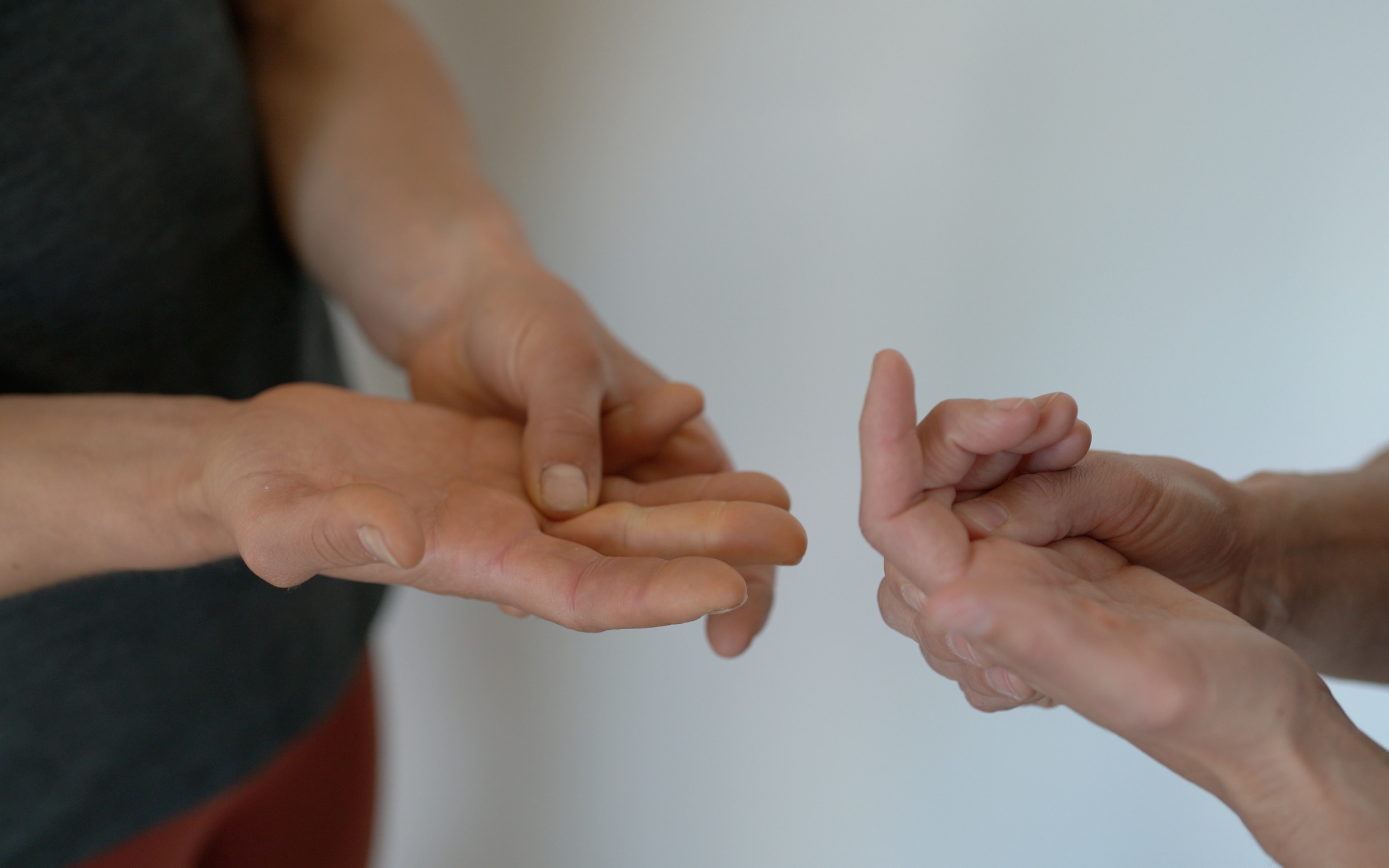
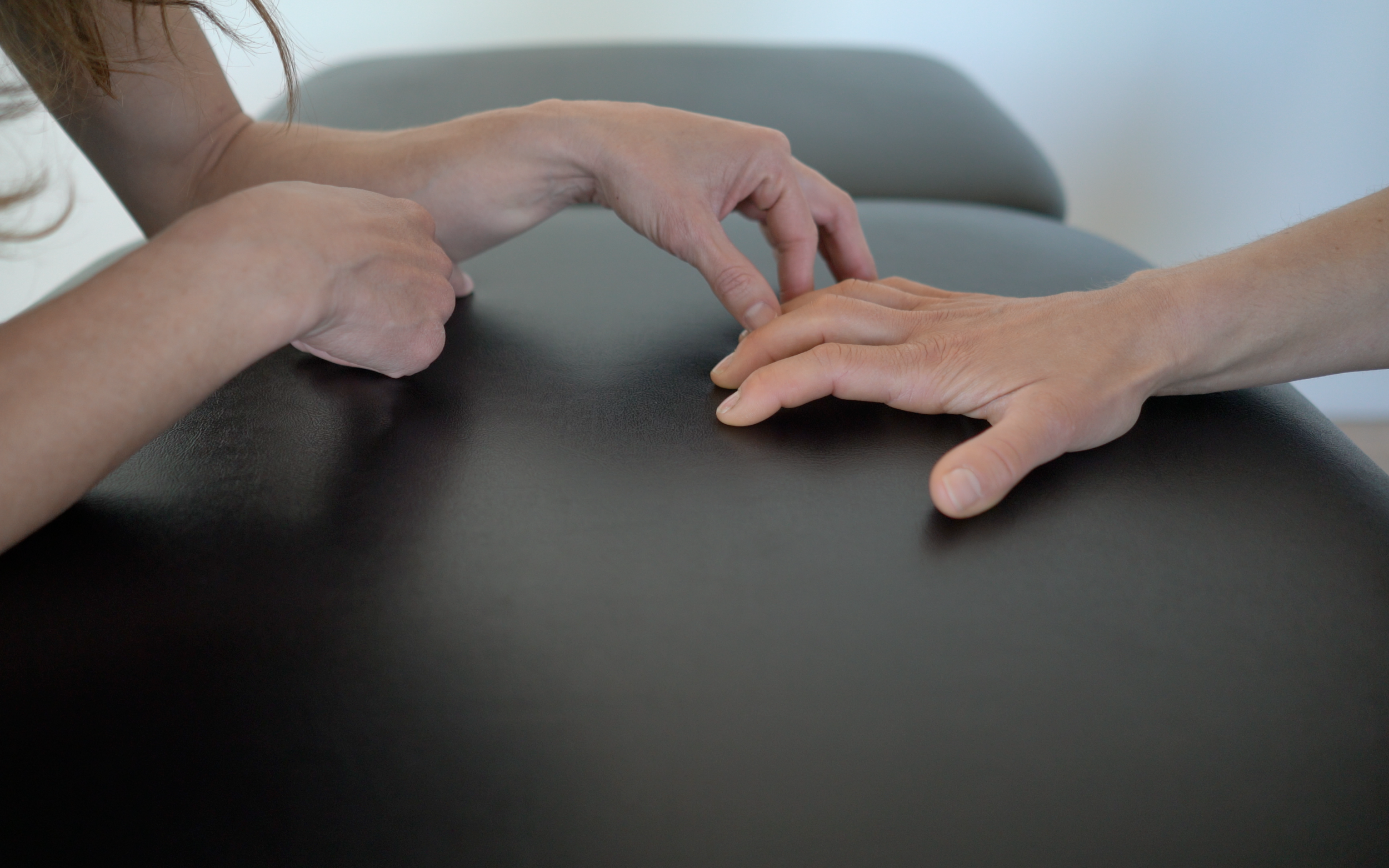
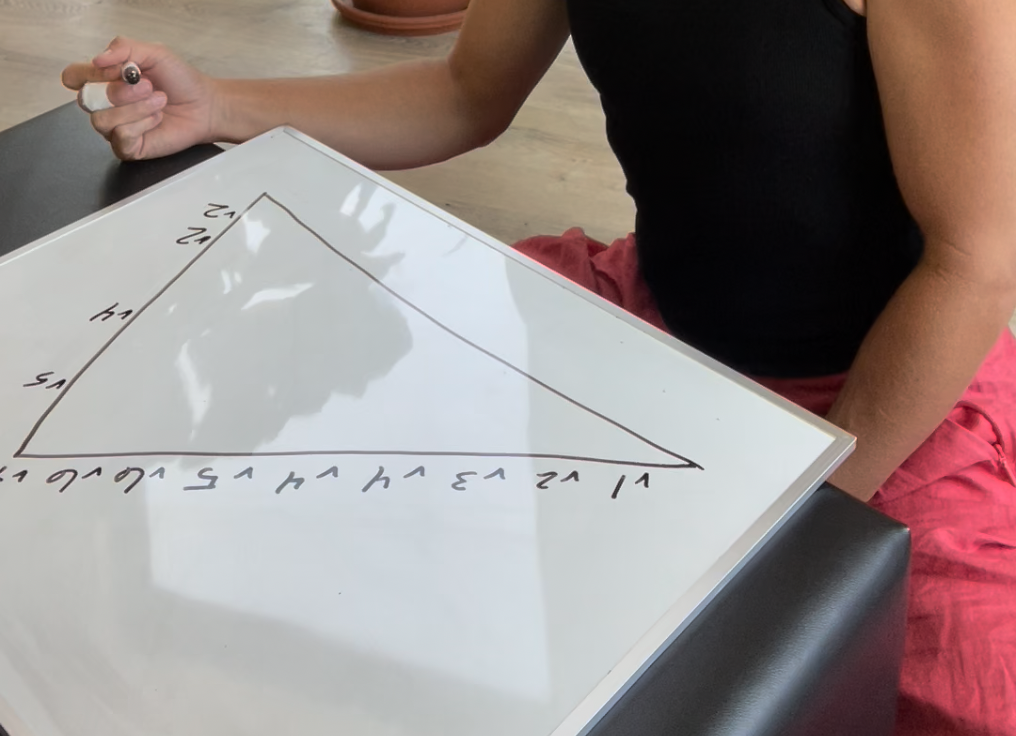
There is so much conflicting information on the topic of pulley rehab from healthcare professionals, social media, and the internet that it’s hard to know which sources are reliable and accurate. This program is designed to bust the myths regarding the evaluation while providing an easy-to-use program that will help you accomplish your goals. It’s research-based, severity-specific, and designed especially for climbers. No guesswork and no expensive gadgets, and subscription that gives you access for an entire year.
Program length: Severe: 4-9 wks | Moderate: 3-6 wks | Mild: 2-3 wks
-
Step-by-step video + written instructions to help you make a full recovery from a mild, moderate, or severe A4 pulley injury, broken up into 4 phases. Each phase is based on your injury severity, and conveniently divided up into sections based on activity and support. We systematically designed the program to help you choose the appropriate phase to begin with, but we know that everyone heals at different rates and setbacks happen, so we’ve designed it to be flexible as you progress or regress. Each phase has instructional videos, descriptions as well as blog posts to keep you engaged in your rehab! Sticking to the program is the #1 way to get better, faster. (Note: We recommend getting your injury diagnosed by a professional to determine level of severity.)
A digital library where you can quickly reference all of the instructional videos from the program, download supplemental resources, and access tips to increase and maintain pulley strength post-recovery.
Access to all phases of program with your subscription, regardless of injury severity.
1-year subscription, plus email updates whenever we add resources or make improvements to the program.
-
Not much! Rehabbing a pulley shouldn’t be a full time job for the climber, and each phase has time appropriate exercises without overloading or over-prescribing. All you need is:
A fingerboard device of some kind (hang board or a training block)
A water bottle with a loop or handle (like a Nalgene or a Hydroflask), or a sling with weights

Is this program right for me?
The best course of action with any injury is to get it evaluated by a professional. If you’ve already done that and confirmed that the A4 pulley is your issue, then yes: this program is perfect for you! If haven’t been able to talk to a pro, the information below might help you figure out if this program will help you.
-
If you don’t feel like you have a solid grasp on what a pulley is or how it works, take a quick look at these finger anatomy basics so that you can better get a feel for what’s going on in there.
-
A pulley injury occurs when the load on the finger exceeds the pulley’s ability to resist that load. When this happens, the pulley will stretch, tear, or rupture, causing the tendon to partially (or completely, in the case of rupture) pull away from the bone. A tell-tale sign of a pulley rupture is an audible “pop” at the time of injury.
-
• Tenderness to the touch along the injured pulley
• Swelling or inflammation, bruising or redness, or just a feeling of stiffness in the finger that is mostly present in the area of the pulley
• Stiffness, pain or difficulty bending the finger
• Pain with active grip, especially crimping
PHASES OF THE PULLEY PROGRAM-
The goal of this phase is to allow the pulley to reattach or form a union back onto the bone before we start loading it.
Only required for severe pulley injuries.
Duration: 1-3 weeks
-
At this stage, the pulley may be re-attached, but those attachments are still healing and might not be strong enough to resist a deforming load. In this phase, we start to load the pulleys thoughtfully in order to bolster the healing time and the strength of a given pulley.
Required for severe and moderate pulley injuries.
Duration: 1-3 weeks
-
The goal of this phase is to load the finger. This is the most fun phase, but also the most tricky, because the pulley may be healed but the finger still isn’t strong. It’s the DANGER ZONE. Many people re-injure themselves in this phase.
Required for any pulley injury.
Duration: 2-3 weeks
-
Yay! You’ve arrived. Healed pulley, you’ve built your base and you are ready to (gradually) return to climbing normally! The goal of this phase is to reintroduce climbing movements that challenge the finger and your mind. This phase is the return to intuitive movement and performance.
-
Once you’re all healed, these are the things you can continue to do on a regular basis to avoid re-injury and make sure your pulleys stay strong and healthy.
